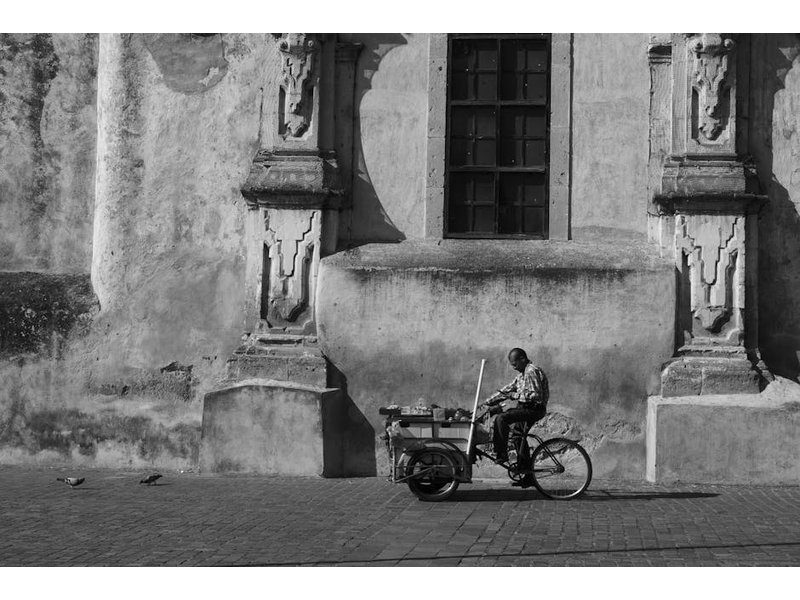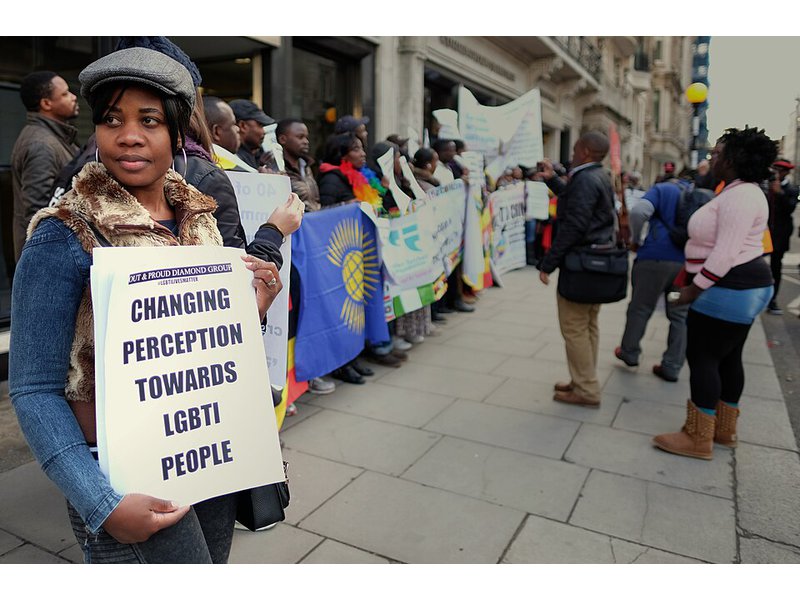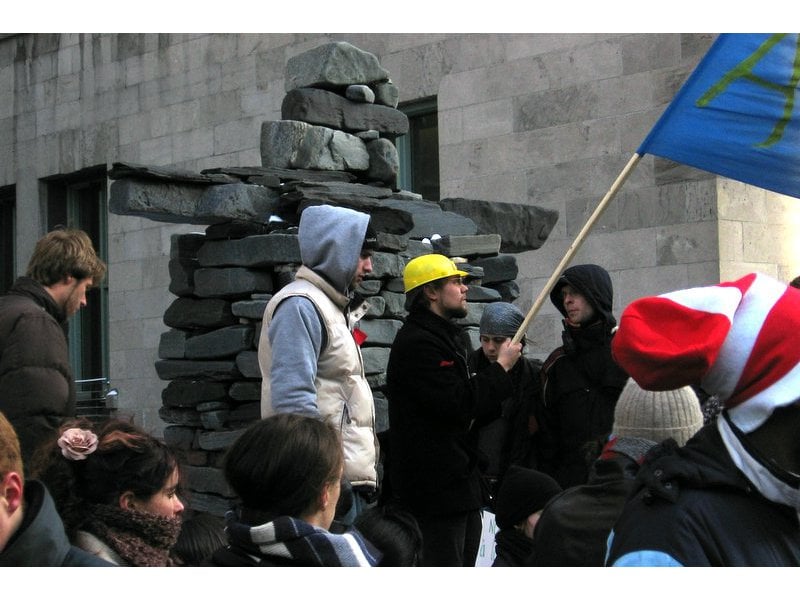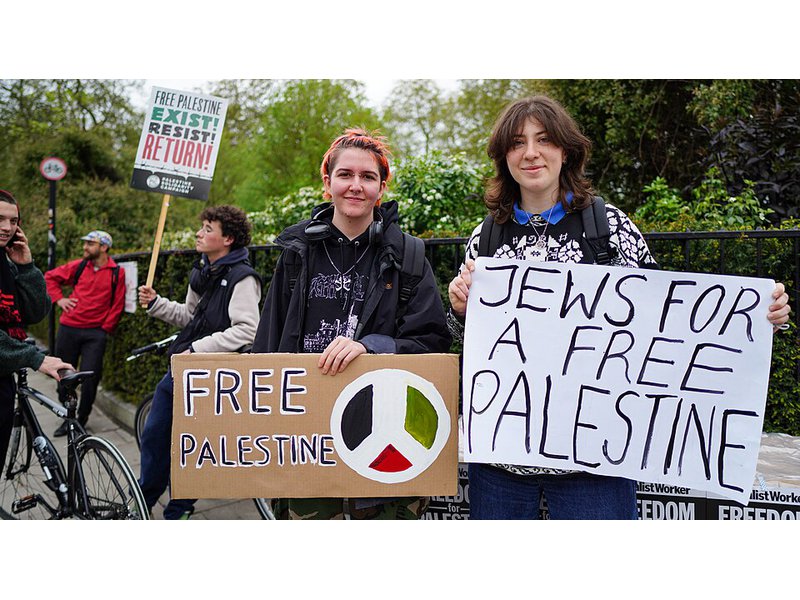099 peasant strike

"Under feudal and semifeudal conditions peasants have collectively refused to continue to work on the properties of their landlords. The examples here are Russian. In 1861 peasants in the department of Kazan were influenced by Anton Petrov, a peasant political prophet, to begin a series of actions in which they would rely on themselves alone to improve their living conditions. These included peasant strikes. “The peasant communities met together in assemblies and began by deciding on collective abstention from all work on the landlords’ properties.”"...
Potentially problematic matches
High scoring campaigns using this method
Historical cases from the Nonviolent Action Database that used this method
Jewish peasants block construction of statue of Gaius Caligula in Galilee, 40 CE
Towards the end of the reign of Gaius Caligula, a proclamation was sent out for a statue of the Roman Emperor to be built within the Temple walls in Jerusalem. This command broke the Jewish law of idolatry and was therefore rejected and strongly oppo...
Kumaon villagers campaign against British forest regulations, 1916-1921
From 1916 to 1921, villagers in Kumaon in northern India set hundreds of forest fires to protest the colonial British state’s increasing regulations of the natural environment.\n\nRural residents of Kumaon depended on forests as a source of firewood ...
U'wa people block Occidental Petroleum (Colombia), 1995-2001
The U’wa people have practiced their traditional culture in the Northeast forests of the Colombian Andes since time immemorial. At the end of the 20th century, there were up to 5,000 people in U’wa communities.\n\nIn the early 1990’s Occidental Petro...
Ecuadorians overthrow dictator (Glorious May Revolution), 1944
Beginning with the cacao surge during the 1870s, the conservative landowners in the Sierra and liberal exporting bourgeoisie in the Coastal region had fought for control of Ecuador. Indigenous and lower class Ecuadorians quickly became marginalized, ...
Russians campaign for democracy and economic justice (Russian Revolution), 1905
In the late 19th century, Russia’s autocracy, led by a Tsar (also czar), came under increasing attack. Alexander II was forced to liberate the serfs, but he was still assassinated in 1881 by a group called The People’s Will. His heir, Tsar Alexander ...
Sicily Socialist Fasci unite for workers' rights, Italy, 1893-1894
During the 1860s and 1870s, workers in Sicily supported each other through mutual aid societies, which claimed the right to strike and to lobby for wage increases. This precedent of organized labor, along with a recent history of peasant uprisings ag...
Low scoring campaigns using this method
Historical cases from the Nonviolent Action Database that used this method





